Description
WOODWARD 8237-1246 Speed Control Module for Engine/Genset Governors
The WOODWARD-8237-1246 is a field-proven speed control module used on industrial engines and generator sets where stable speed, smooth load acceptance, and reliable actuator drive are essential. From my experience, this series is typically chosen as a drop-in replacement in older 2301-class governor systems, especially where a 24 VDC supply, magnetic pickup sensing, and current-loop actuator control are standard.
You might notice that users value it for consistent governing under changing loads and for the way it integrates with Woodward EG/PG style actuators. In many cases, it’s the practical choice to extend fleet life without a costly full-controls retrofit.
Company’s Order Placement Process and Guarantees
- Warranty: 365 days
- Delivery time: 1 week if in stock; no more than one month at the latest
- Payment terms: 50% advance payment, full payment prior to delivery
- Express options: FedEx, UPS, DHL
- Order flow: Share the model and quantity → we verify compatibility and stock → proforma invoice → payment → final QC and secure packing → express shipment with tracking
Key Features
- Stable speed governing – Designed to maintain engine speed under varying load, typically with adjustable droop or isochronous modes.
- Magnetic pickup input – Accepts standard MPU signals for precise speed sensing on diesel or gas engines.
- Actuator current output – Drives Woodward-style electric actuators (commonly up to 200 mA) for consistent fuel rack/throttle positioning.
- Remote speed trim – Supports external speed bias (often 4–20 mA or potentiometer), handy for operator panels and PLC integration.
- Acceleration/ramp control – Soft start and load acceptance settings to reduce mechanical stress and black smoke on start.
- Robust 24 VDC operation – Typically runs on 18–32 VDC with reverse polarity and transient protection.
- Field-friendly adjustments – Front-access pots/switches for gain, stability, droop, and idle/run; simplifies commissioning.
- Retrofit-friendly footprint – Seems to follow a familiar Woodward panel-mount format, reducing cabinet rework in many cases.
Technical Specifications
| Brand / Model | WOODWARD / 8237-1246 |
| HS Code | 9032.89 (Automatic regulating or controlling instruments and apparatus) |
| Power Requirements | 24 VDC nominal (typically 18–32 VDC range) |
| Operating Temperature | -40 to +70 °C typical for this series |
| Signal Input/Output Types | Magnetic pickup speed input; remote speed trim (potentiometer or 4–20 mA, application-dependent); actuator current output up to ~200 mA; discrete run/idle inputs. |
| Communication Interfaces | Analog/local adjustments (no fieldbus on this variant) |
| Installation Method | Panel/cabinet mount; front-access tuning controls |
| Dimensions & Weight | Approx. 260 × 210 × 75 mm; ~1.6 kg (typical for comparable Woodward modules) |
Note: Values reflect typical characteristics for this Woodward series. We can verify your exact revision/build to match site requirements before shipping.
Application Fields
- Industrial generator sets (diesel or gas) needing steady isochronous control and clean load acceptance.
- Pumps and compressors where speed stability reduces process variation and vibration.
- Marine auxiliaries and propulsion engines with MPU sensing and current-driven actuators.
- Retrofit projects replacing aging governor modules while keeping existing actuators and wiring.
A maintenance lead from a power plant in the Gulf region shared that swapping to the 8237-1246 cut their hunting at light load and made synchronization with the bus far less fussy—no need to keep “chasing” the trim knob.
Advantages & Value
- Reliability – Woodward’s governor lineage is famously durable; modules in this family typically run for years with only routine checks.
- Compatibility – Works with common Woodward actuators and MPUs, keeping your existing hardware in service.
- Cost control – Extends asset life without a full controls conversion; minimal panel rework in most cases.
- Supportability – Clear front-panel adjustments simplify on-site tuning and troubleshooting.
Installation & Maintenance
- Cabinet & environment: Install in a dry, ventilated control cabinet with adequate clearance for heat dissipation. Avoid high-vibration zones; use anti-vibration mounts if needed.
- Power & grounding: 24 VDC regulated supply; dedicate clean power where possible. Bond the module ground to a single-point cabinet earth to reduce noise.
- Wiring: Use shielded twisted pairs for MPU and trim signals; route separately from power conductors. Observe polarity on actuator outputs.
- Safety: De-energize before wiring. Observe ESD precautions during handling. Verify actuator linkage moves freely before live tuning.
- Commissioning: Start with conservative gain/stability settings, then fine-tune under load. Record final knob/switch positions for future reference.
- Routine maintenance: Quarterly visual inspection, terminal re-torque, connector cleaning. Check MPU gap, actuator current draw, and perform functional overspeed trip tests per site policy.
Quality & Certifications
- Typically built to industrial standards with CE compliance and RoHS alignment for control electronics.
- Manufacturer warranty practices generally apply; we provide a 365-day warranty on this supply.
- Each unit undergoes final QC prior to dispatch; functional checks can be tailored to your test sheet on request.

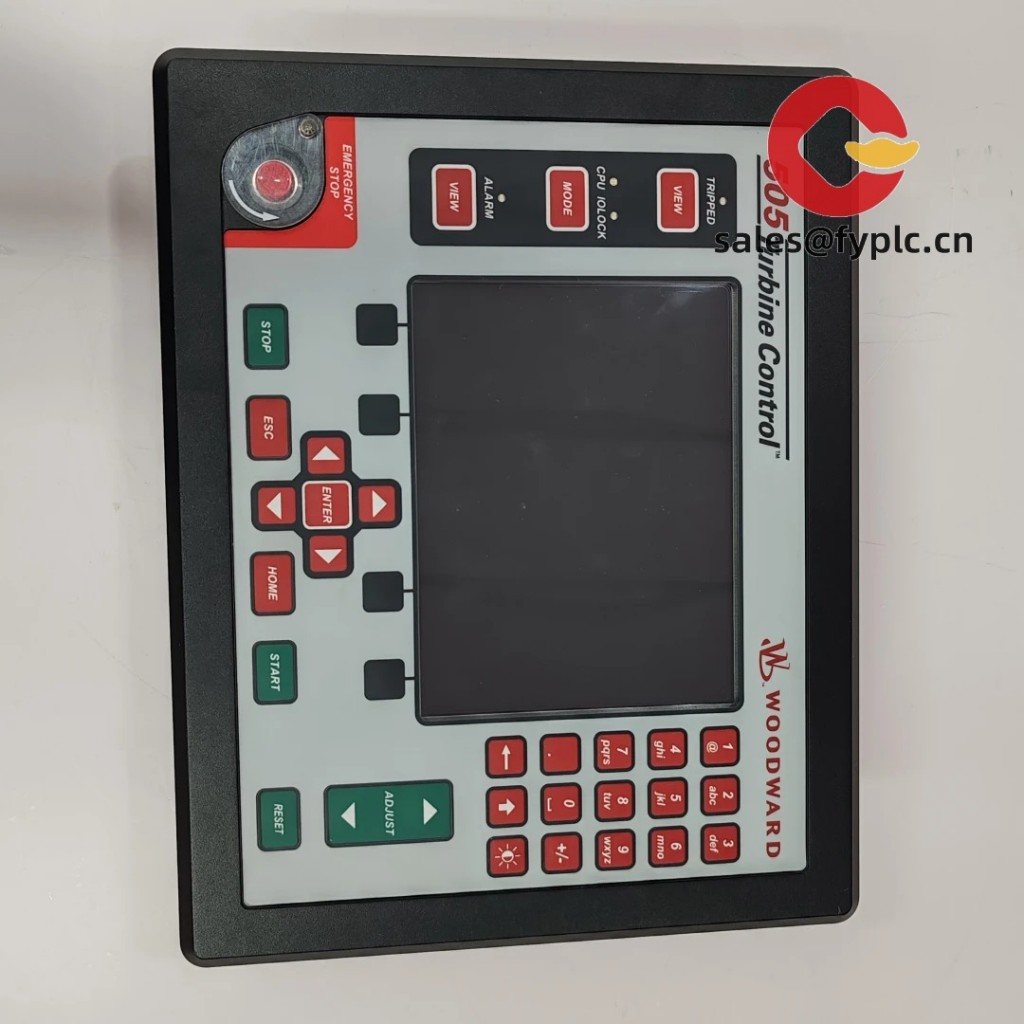
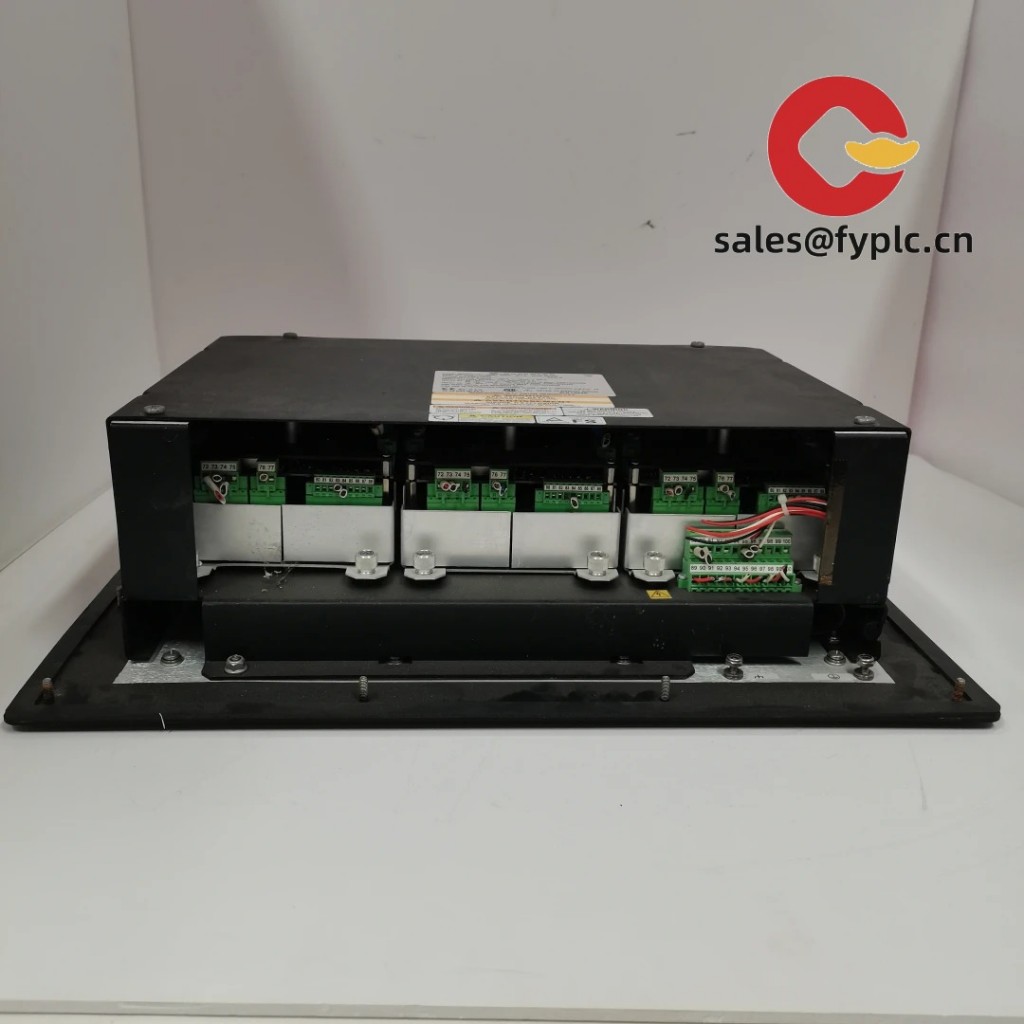
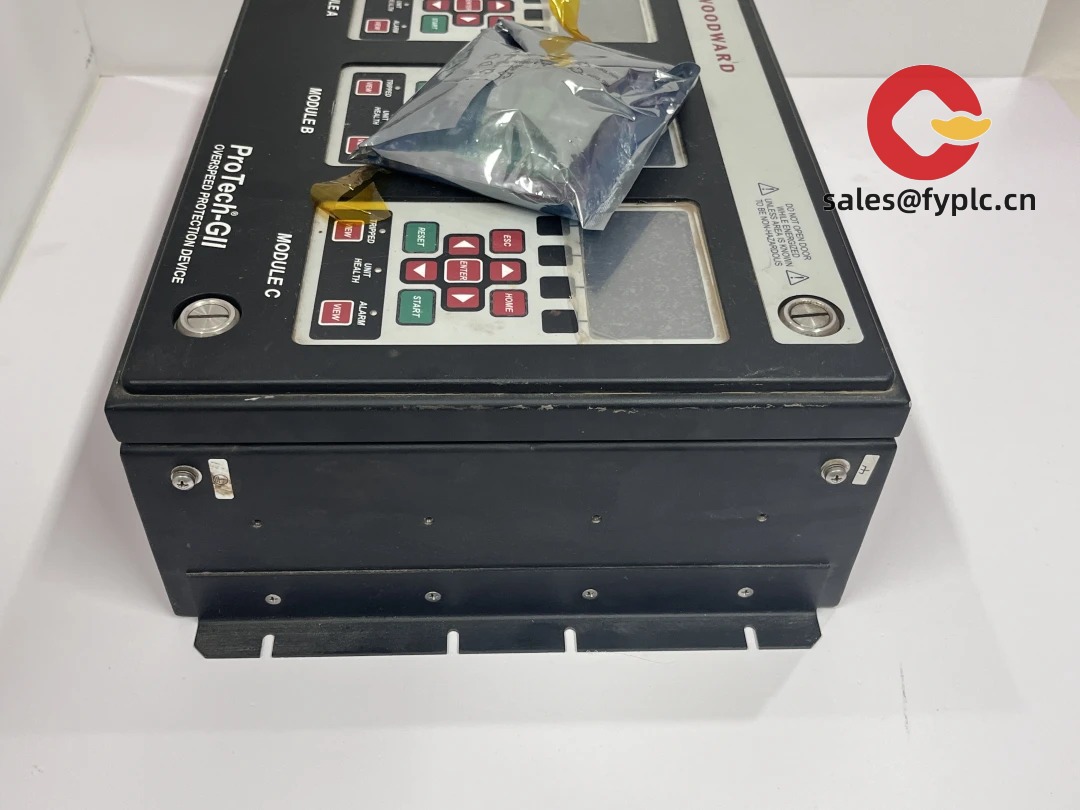
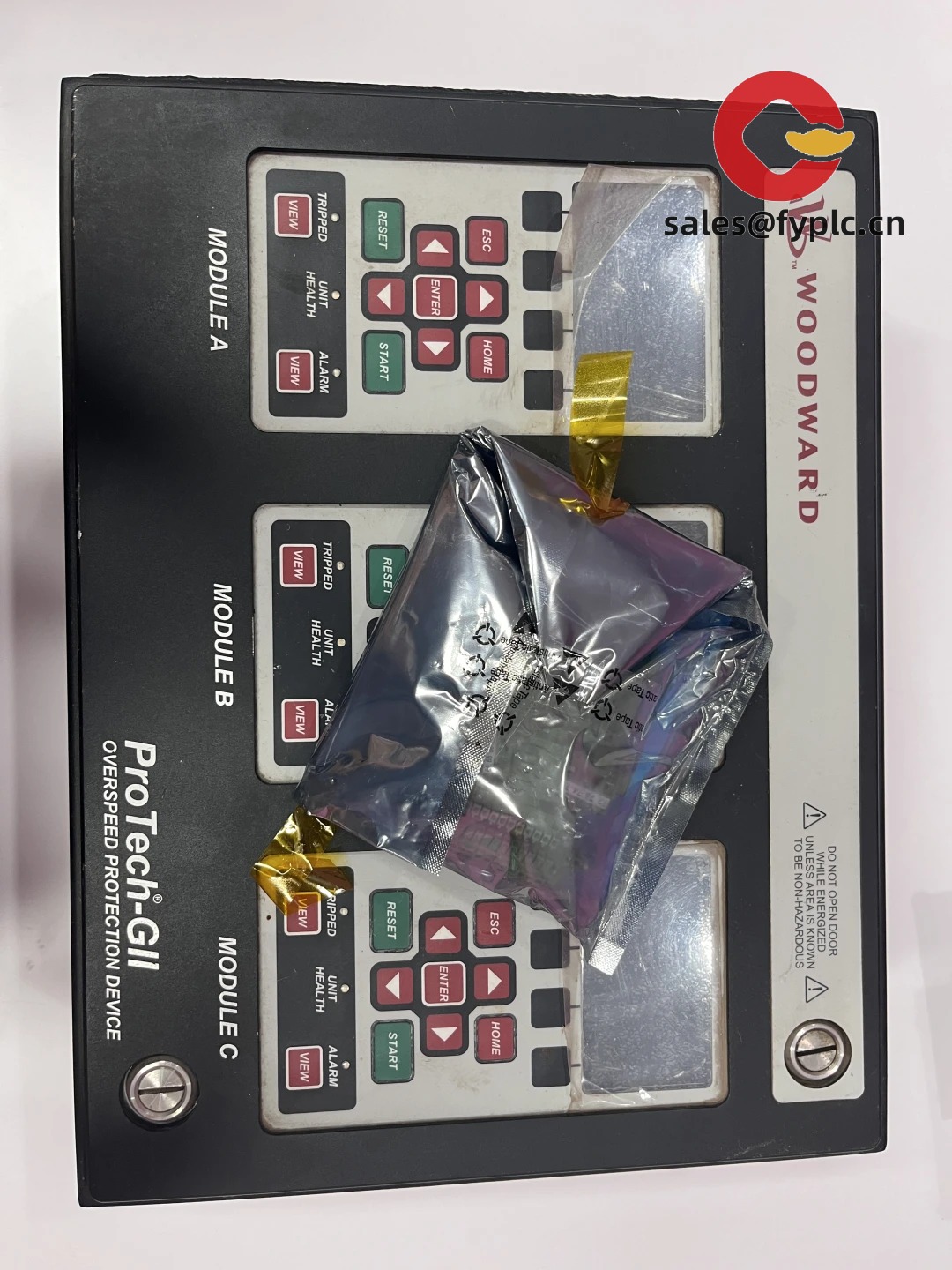
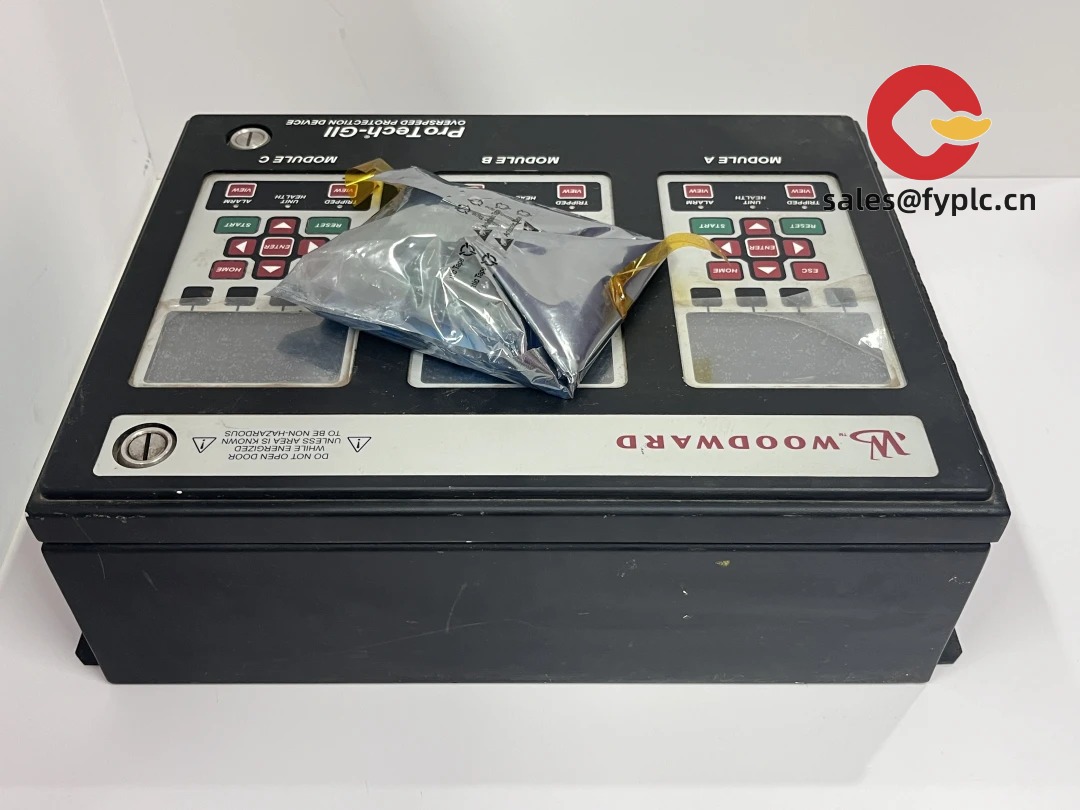



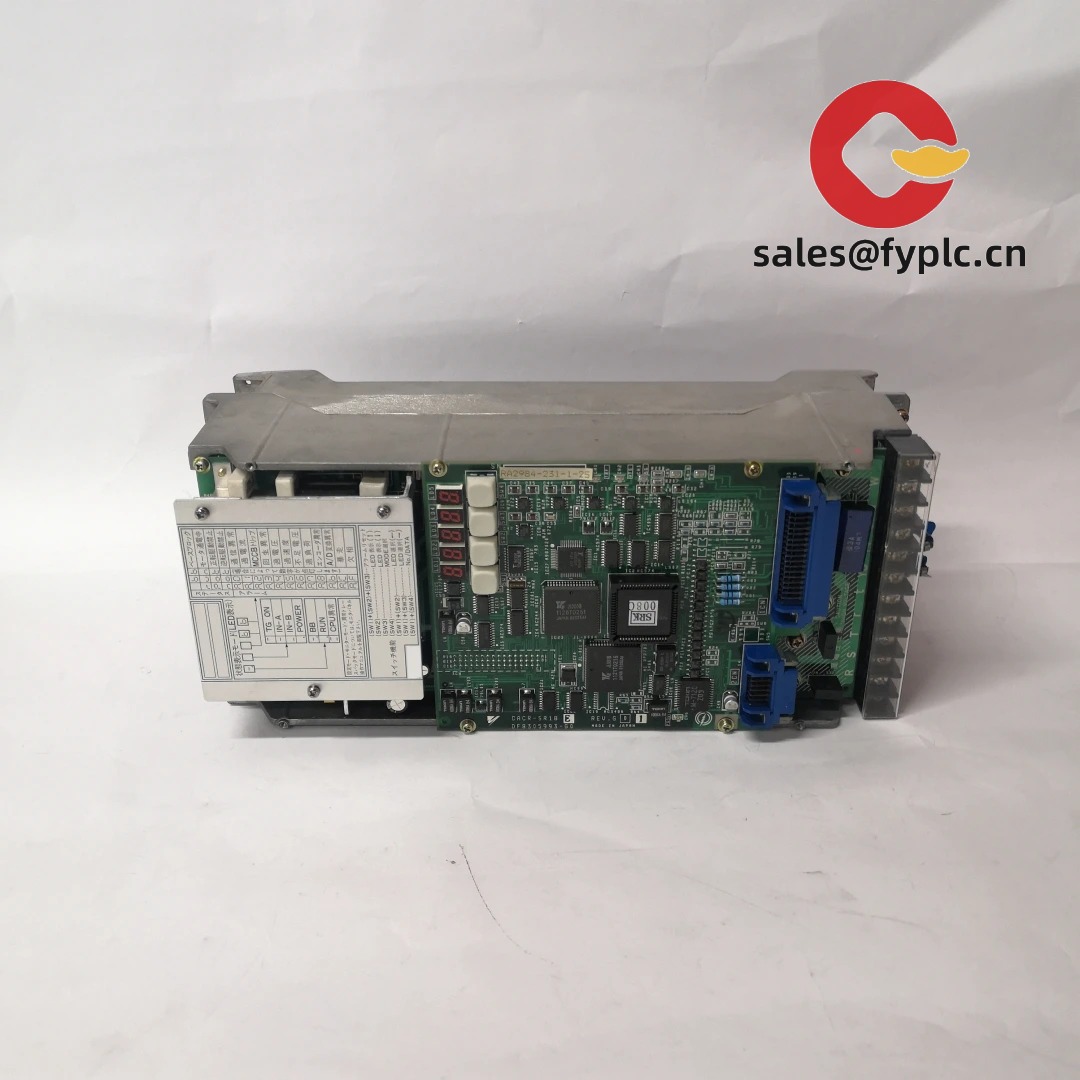

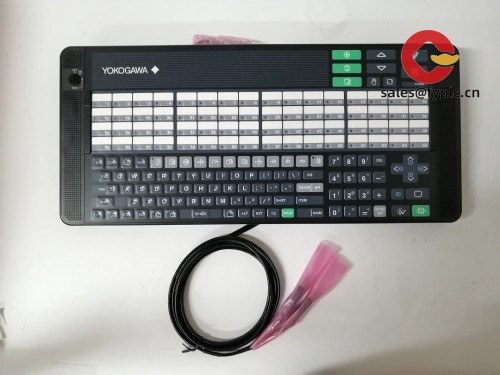


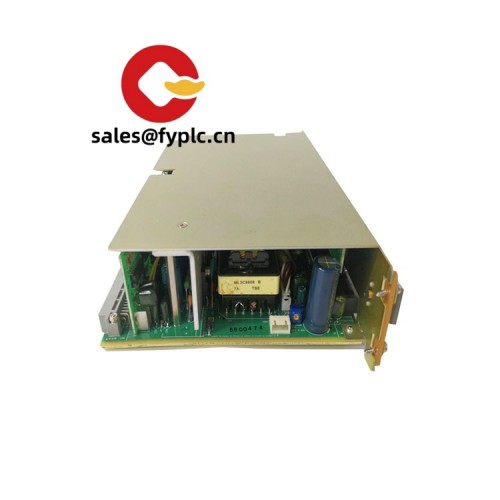


Reviews
There are no reviews yet.